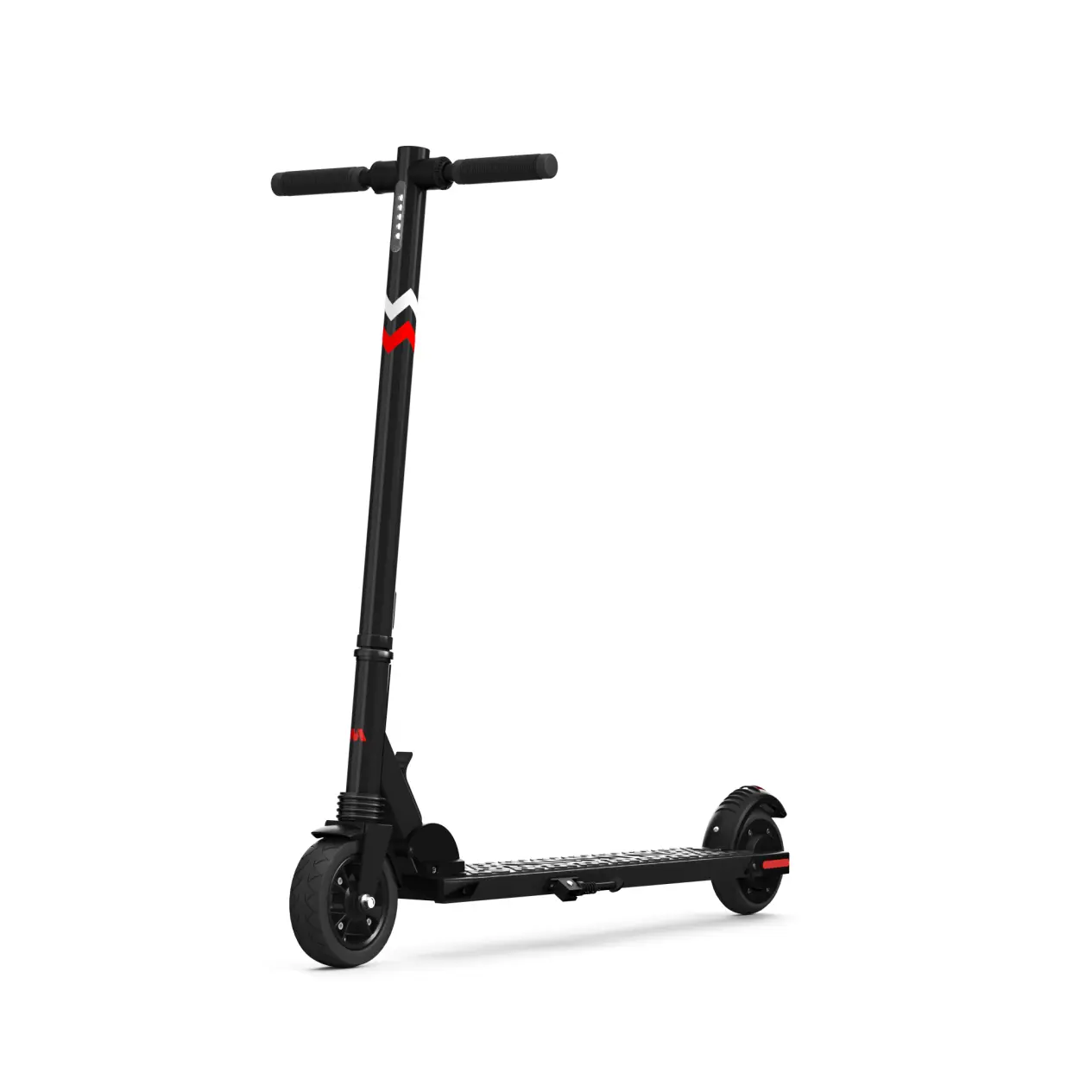How to inspect electric scooters?
How to inspect electric scooters? Guide to inspection methods and procedures for electric scooters!
Electric scooters are another new product form of skateboarding after traditional skateboards. Electric scooters are very energy efficient, charge quickly and have long range capabilities. The whole vehicle has beautiful appearance, easy operation and safer driving. It is definitely a very suitable choice for friends who like the convenience of life, adding a little more fun to life. Due to safety issues, the inspection of electric scooters is particularly important. So how to inspect electric scooters? This article will give you a detailed introduction to the electric scooter inspection method and process, and I hope you will learn something.

1. Scope of inspection of electric scooters
This standard specifies the sampling, inspection and determination of inspection results for electric scooters.
This standard applies to the inspection of electric scooters.
2. Normative reference documents for electric scooter inspection
The terms in the following documents become terms of this standard through reference in this standard. For dated reference documents, all subsequent amendments (excluding errata content) or revised versions do not apply to this standard, but it is encouraged to follow Whether the latest versions of these documents can be used in the study of the agreement on this standard. For undated referenced documents, the latest versions apply to this standard.
GB/T 2828.1-2003 "Technical Sampling Inspection Procedures", Part 1: Batch-by-batch inspection sampling plan retrieved by acceptance quality limit (AQL)
GB3565-1993 "Bicycle Safety Requirements"
GB17761-1999 "General Technical Conditions for Electric Bicycles"
3. Terms and definitions for electric scooter inspection
The following terms and definitions apply to this standard.
3.1 electric scooter electric scooter
It is a low-speed vehicle that uses batteries as power source and is driven by a DC motor. It cannot be ridden manually and is used for leisure, entertainment, and transportation.
3.2 inspection lot inspection lot
Unit products of the same type, under the same contract, and produced under basically the same production conditions that are collected for sampling inspection are called inspection batches, or batches for short.
random inspection random inspection
Handover inspection carried out on randomly selected inspection lots.
4. Inspection contents of electric scooter inspection
4.1 Inspection methods
Inspection is divided into type testing and spot inspection.
4.2 Sampling
4.2.1 Sampling conditions
4.2.1.1Type test
Type test samples can be taken during or after the batch is formed, and the samples taken should be representative of the manufacturing level of the cycle.
4.2.1.2 Spot inspection
Samples for spot checks should be drawn after the batch is formed.
4.2.2 Sampling plan
4.2.2.1 Type test
The type test samples are 4 vehicles, and the samples are randomly selected from the products to be inspected.
4.2.2.2 Spot inspection and re-inspection
4.2.2.2.1 Sampling plan and spot inspection level
It shall be carried out in accordance with the provisions of GB/T2828.1 one-time normal sampling plan, and the inspection level shall be special inspection level S-3.
4.2.2.2.2 Reception quality AQL
a) Class A failure: not allowed;
b) Category B is unqualified: AQL=6.5;
c) Category C is unqualified: AQL=15.
4.3 Type test
4.3.1 When any of the following situations occurs, the test should be carried out:
a) When importing or exporting for the first time:
b) When the product structure, materials, processes or major accessories are changed, which may affect the performance of the product;
c) The quality is unstable and failed to pass the random inspection for 3 consecutive times.
4.4 Spot checks and inspections
Random inspection of inspection items, quality requirements, inspection methods and unqualified classification
4.5 Judgment of inspection results
4.5.1 Type test
4.5.1.1 If the type test results meet the following requirements, it will be judged as qualified:
a) Class A inspection items should all meet the requirements of this standard;
b) Class B inspection items should have nine (inclusive) items that meet the requirements of this standard;
c) Category C inspection items should have six (inclusive) items that meet the requirements of this standard;
d) After rectification of the two unqualified items b) and c) above, they all passed the inspection.
4.5.1.2 If the type test results do not meet the first three requirements of 4.5.1.1, it will be judged as unqualified.
4.5.2 Spot inspection
4.5.2.1 If Category A unqualified items are found, the batch will be judged to be unqualified.
4.5.2.2 If the unqualified products of Category B and Category C are respectively less than or equal to the corresponding qualification number A, the batch will be judged to be qualified, otherwise it will be unqualified.
4.3 Type test4.3.1 When any of the following situations occurs, the test should be carried out:
a) When importing or exporting for the first time:
b) When the product structure, materials, processes or major accessories are changed, which may affect the performance of the product;
c) The quality is unstable and failed to pass the random inspection for 3 consecutive times.
4.4 Spot checks and inspections
Random inspection of inspection items, quality requirements, inspection methods and unqualified classification
4.5 Judgment of inspection results
4.5.1 Type test
4.5.1.1 If the type test results meet the following requirements, it will be judged as qualified:
a) Class A inspection items should all meet the requirements of this standard;
b) Class B inspection items should have nine (inclusive) items that meet the requirements of this standard;
c) Category C inspection items should have six (inclusive) items that meet the requirements of this standard;
d) After rectification of the two unqualified items b) and c) above, they all passed the inspection.
4.5.1.2 If the type test results do not meet the first three requirements of 4.5.1.1, it will be judged as unqualified.
4.5.2 Spot inspection
4.5.2.1 If Category A unqualified items are found, the batch will be judged to be unqualified.
4.5.2.2 If the unqualified products of Category B and Category C are respectively less than or equal to the corresponding qualification number A, the batch will be judged to be qualified, otherwise it will be unqualified.














